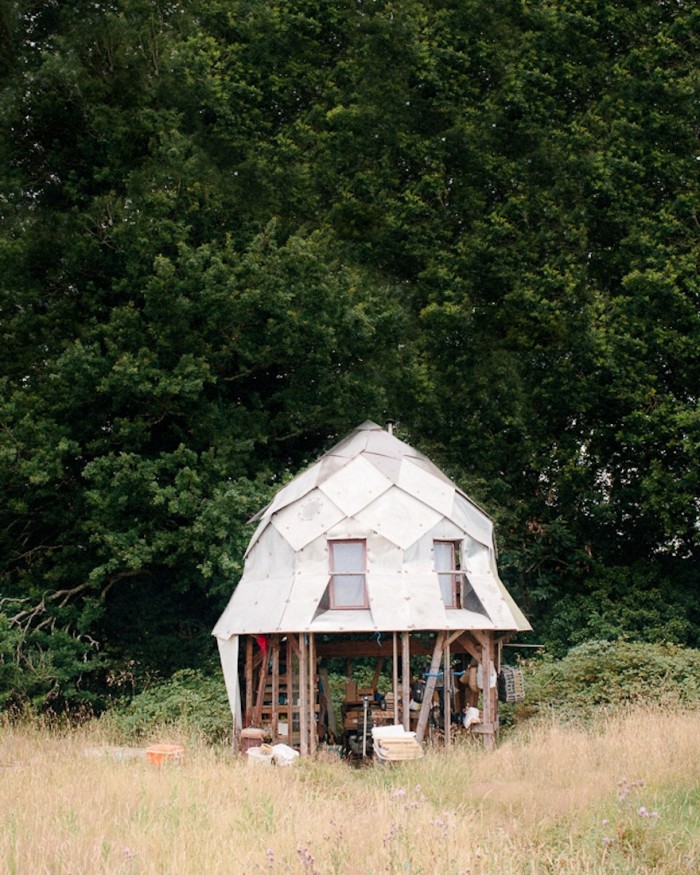
Art can be beautiful for its own sake but it can also open the door to parts of the world that would otherwise live in obscurity. For Belgian creative Kevin Faingnaert photography is a way to shed light on one particular off-grid community called ZAD, (“zone à défendre” or “zone to defend”), a camp in Notre-Dame-des-Landes in France.
The ZAD live outside the control of the French government, making them an enigma but also precariously vulnerable. Made up of a diverse group of people that includes environmental activists and farmers, the group first occupied 4000 acres of countryside in western France in 2009. At the time, it was a resistance movement against plans to build an airport on the land.
Since then, the French government has abandoned plans for the 580 million euro ($710 million) airport build and ordered the squatters to vacate the land. But they aren’t leaving.
The ZAD resistance movement has evolved into an organised community of some 300 people. They grow their own food, raise animals, operate a pirate radio station and distribute weekly newspaper. According to Faingnaert, the camp also includes a theatre, a local brewery and regular council meetings.
The land is precious for both political and personal reasons, says Faingnaert. But staying is not without risk. “In October 2012, the government launched Operation Cesar, where thousands of armed police spent several weeks attempting to evict the Zadists,” Faingnaert told Feature Shoot.
While the operation failed, buckling under public support for the ZAD, the community is still considered terrorists to the state, adds the photographer.
Faingnaert spent a month at the camp, living, working and bonding with the community before embarking on a photojournalistic project.
“There’s something intimidating when entering the ZAD – the barricades, the makeshift towers, the people who are always suspicious, the anti-journalist signs and the continuous threat of a hard police eviction,” explains Faingnaert. “I knew I was welcome as a person, but not as a photographer. Tons of camera interdiction signs around the zone made this clear.”
More than just a resistance movement, the ZAD are an example of autonomous living. The ZAD work the land together, share jobs and live as self-sufficient as possible.
“There are people who live at the ZAD to find inner peace, to live truly free, because there aren’t any laws at the ZAD and they don’t live for work or money,” says Faingnaert. “Of course, some are there to flee from their previous lives. For some, it’s a place where you can party as much as you want.”
Ultimately, Faingnaert believes the experience left him with a sense of magic: “A guy called Béatrix who lives all alone in this shack in the forest, the makeshift watch-towers from where they watch the zone for incoming police, a guy called Alex who has dug an 8 meter deep earth cave where he wants to live in next year,… At times, I couldn’t believe I was in France.
It’s not easy living at a protest site, with almost no electricity and drinkable water, but somehow it was magic for me, and I came to believe it is for them as well.”








See the rest of the ZAD series and more from the photographer, Kevin Faingaert here.





